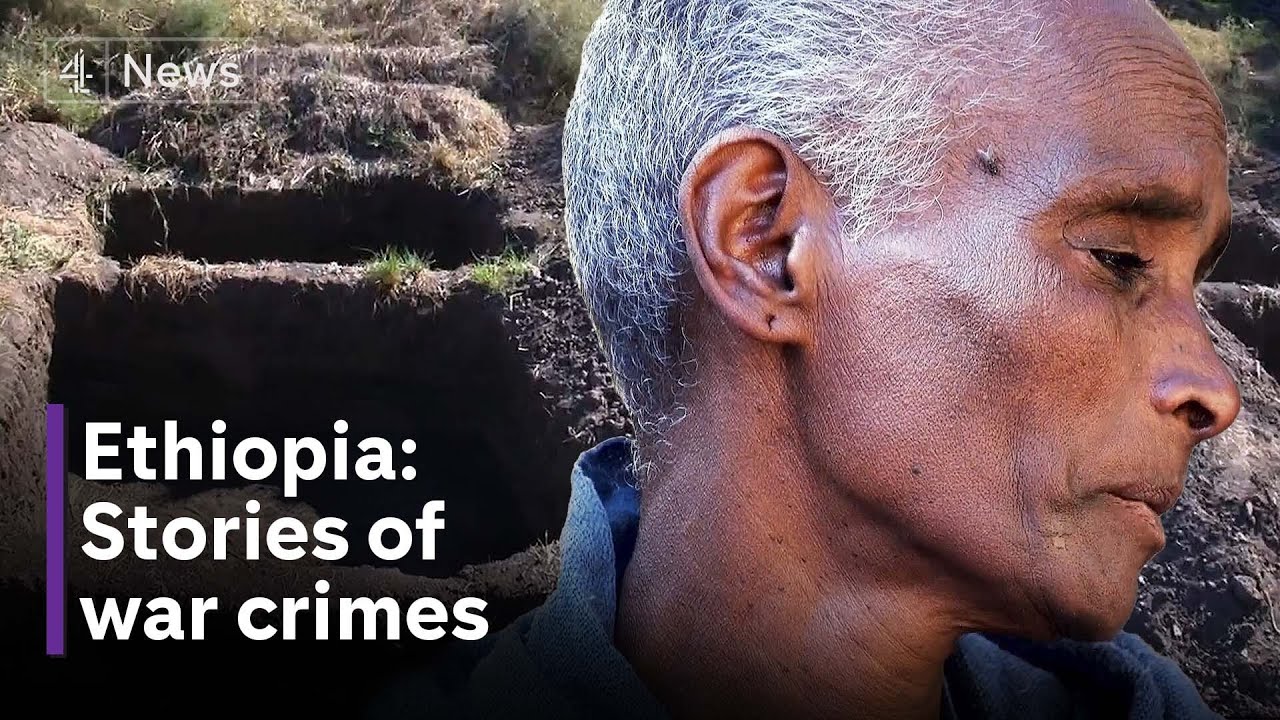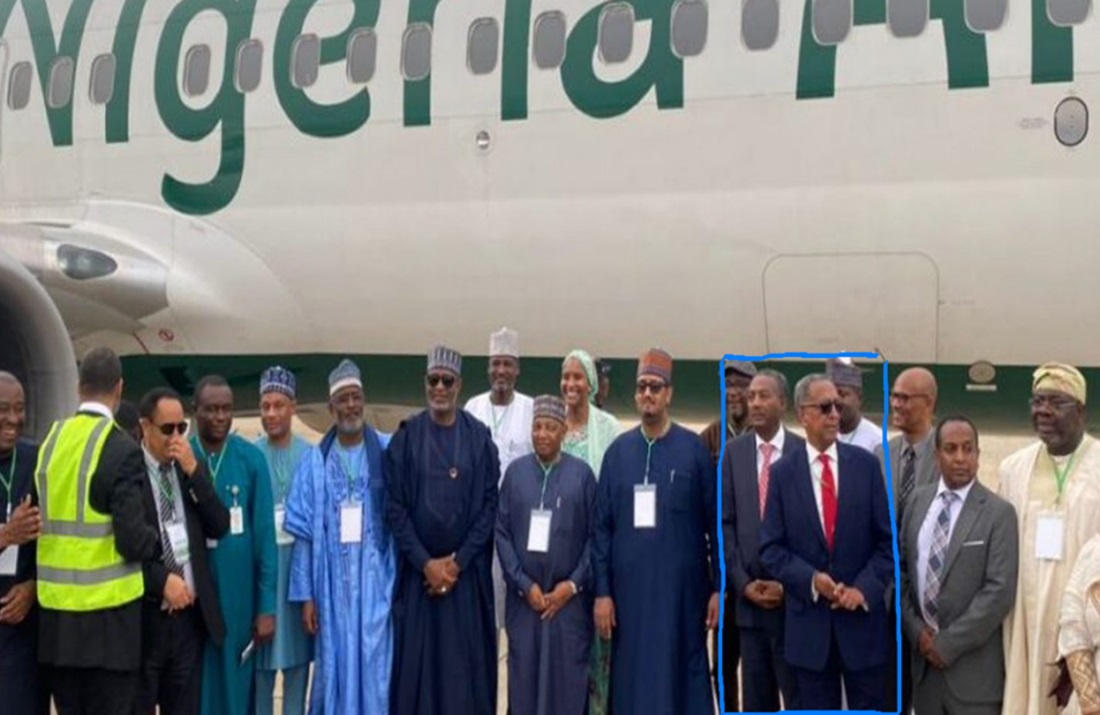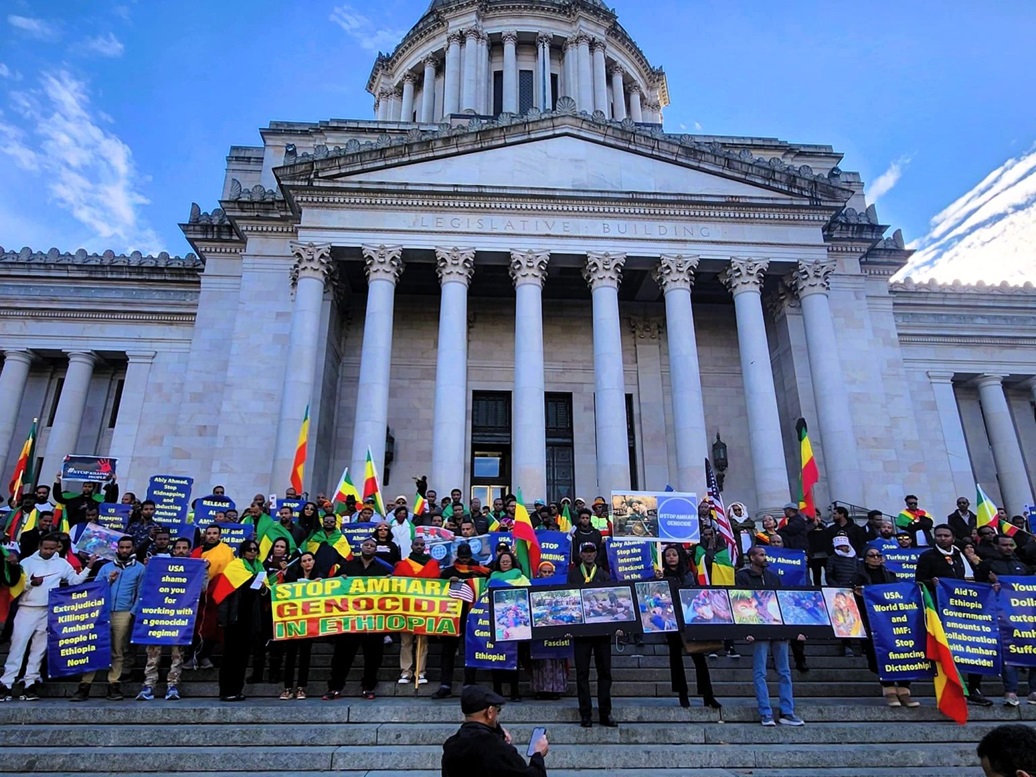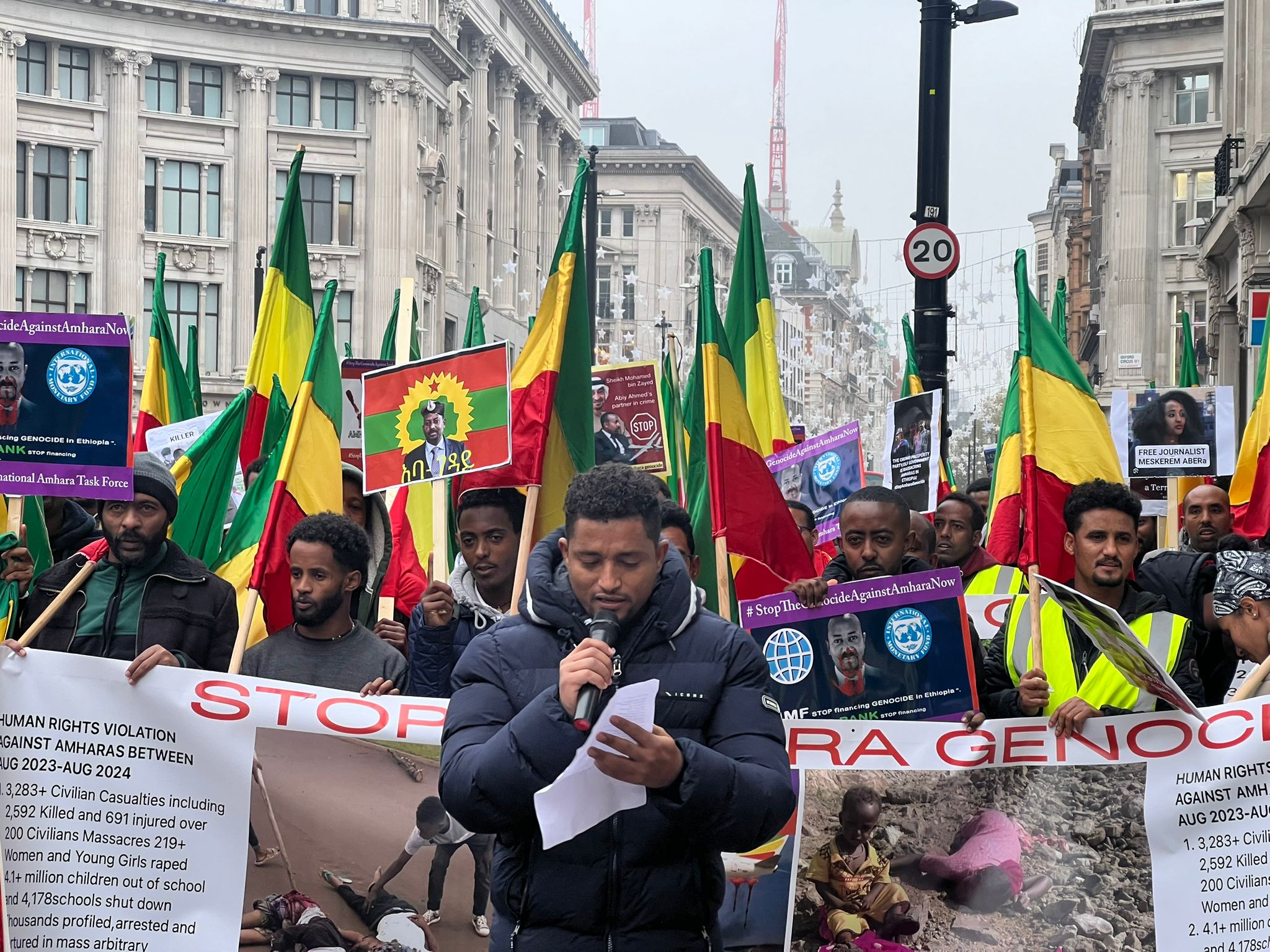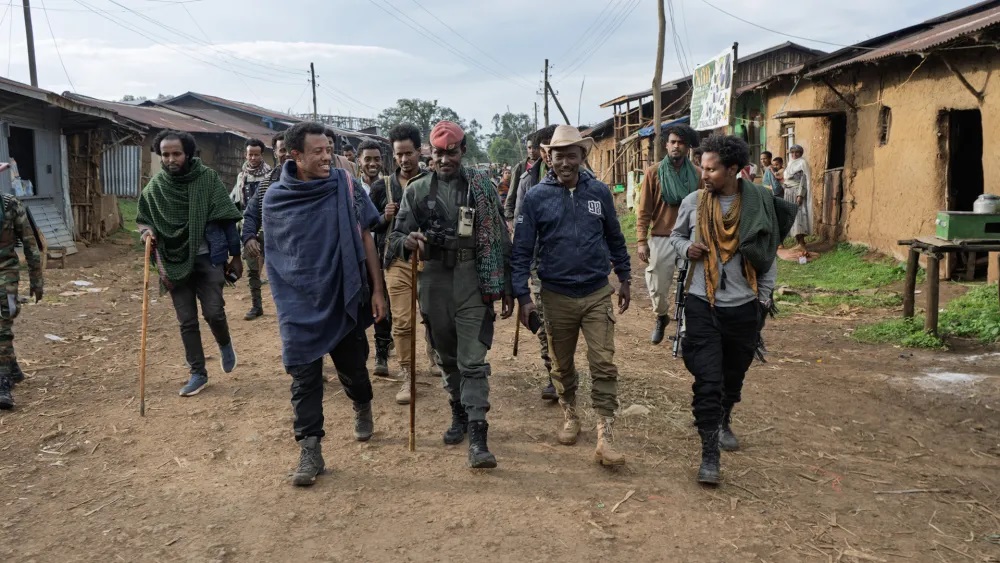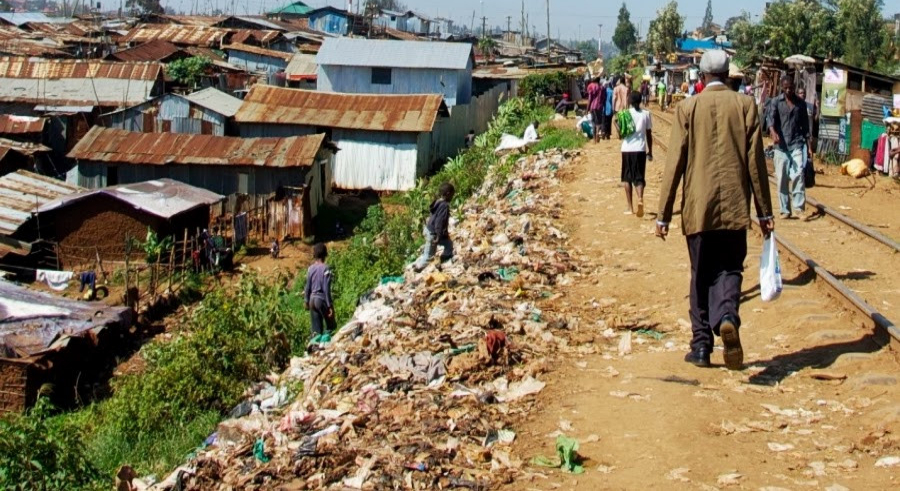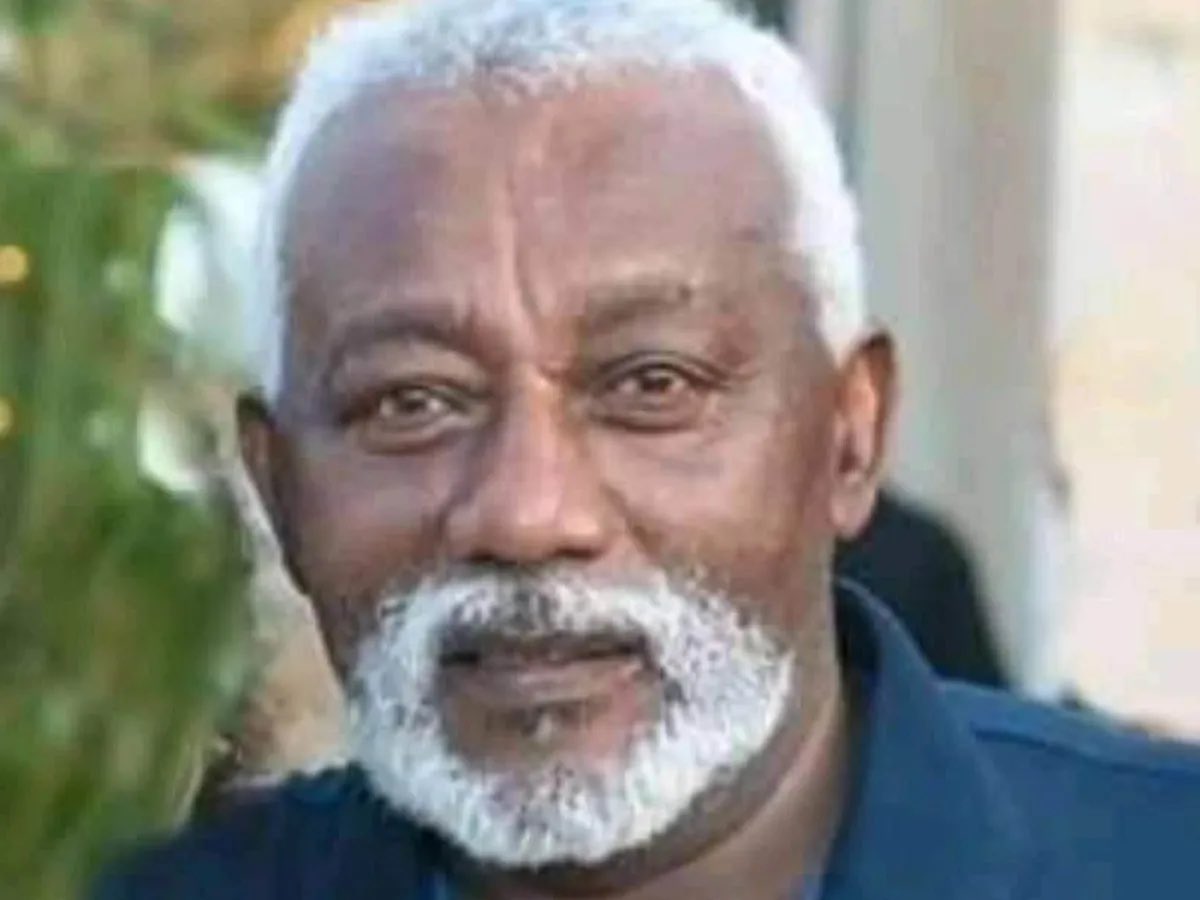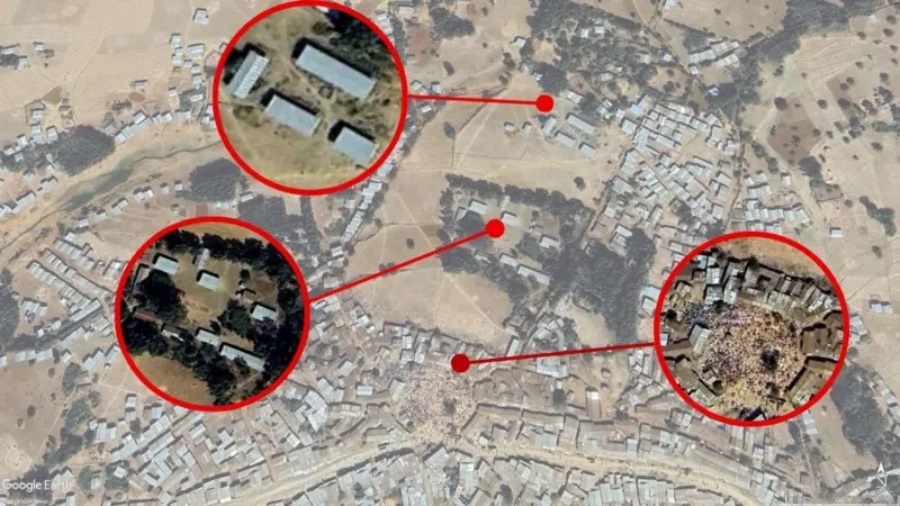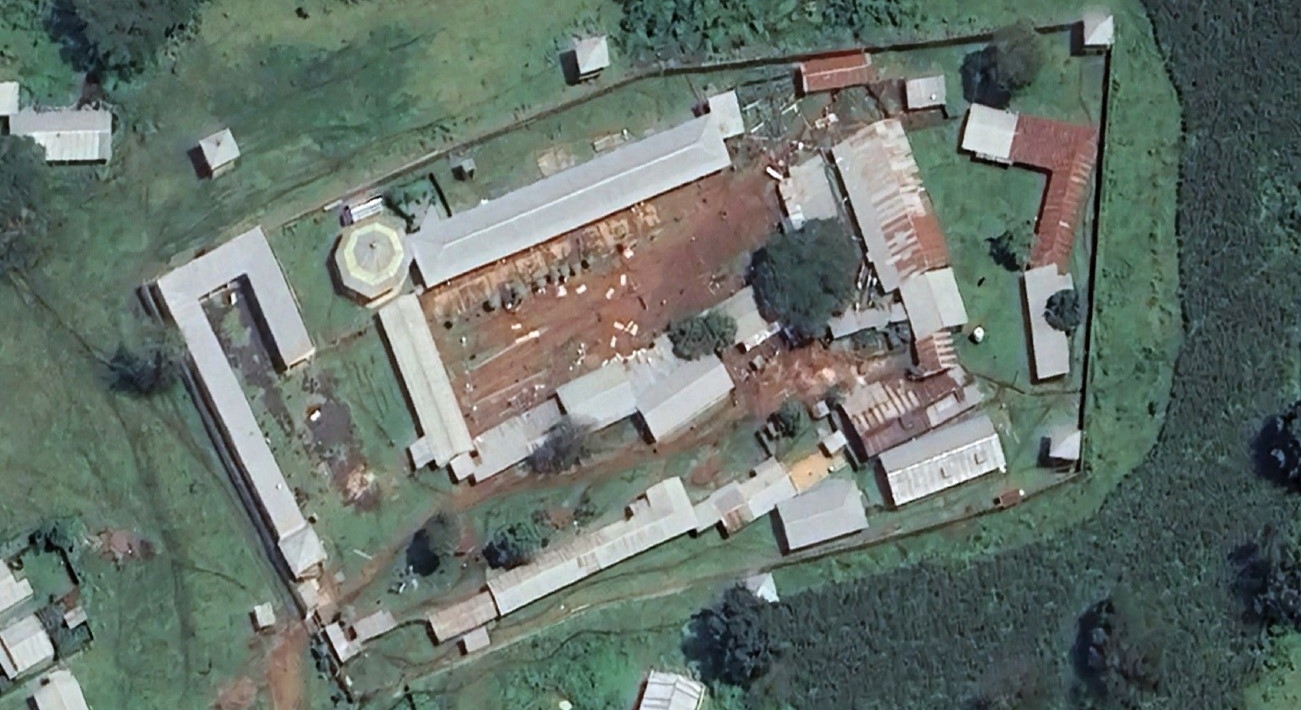US military presence in Horn of Africa grows
By staff writer
CAMP LEMONIER, Djibouti- Surrounded by lush green mountains in rural southern Ethiopia, U.S. Charge d’ Affaires Ambassador to Ethiopia Vicki Huddleston grips the gun and fires into a plywood target. The M4 machine gun kicks slightly, and she turns to the small crowd of soldiers and officers standing behind her, smiling. “Did I hit anything?” she asks. “You hit his throat,” a soldier replies, stifling good-natured laughter. “He’s dead, ma’am.”
The Ambassador was visiting an American-run training facility for Ethiopian counter-terrorists in Bilate, part of the U.S. military mission based out of Camp Lemonier in Djibouti, the Combined Joint Task Force-Horn of Africa (CJTF-HOA).
Ambassador Huddleston, who watched several demonstrations of weapons and tactical techniques, called the work “impressive,” and was joined in concurrence by Rear Admiral Richard Hunt, commander of the CJTF-HOA, and Ethiopian General Tadesse, who is in charge of soldier training.
“I want to thank you for your excellent work,” Admiral Hunt told the American and Ethiopian soldiers. “We appreciate what you are doing in the war against terrorism.”
This statement and this trip are indicative of the growing American military presence in Africa, a presence many in both the United States and African countries are still largely unaware of.
The CJTF-HOA mission covers an immensely wide expanse of land, and includes the countries Ethiopia, Eritrea, Djibouti, Kenya, Somalia, Sudan, Seychelles, and Yemen.
The mission, according to press notes, aims to “wage peace” by countering “the reemergence of transnational terrorism in the region through civil-military operations and support of non-governmental organizations operations, enhancing the long-term stability of the region.”
This language is part of America’s new look strategy in the fight against terrorism, one it is fighting not only with military engagements,but also with humanitarian efforts.
Over this two million square mile area (roughly 68% of the United States), a wide scope of projects is being undertaken.
In Dikhil, Djibouti, school dormitories are being built in plus-110 degree heat to ease the long commute many students face, and to allow girls to attend school past the age when many are normally forced to stay home.
In Jijiga, Ethiopia, wells are being dug in drought-riddled areas to provide reliable water sources for pastoralists.
Military-to-military soldier training like the one in Bilate is going on in several of the HOA countries.
And though there are currently no American military activities in violence-plagued Somalia or diplomatically-challenged Eritrea, CJTF-HOA press notes include them in their Area of Operations.
In an interview, Admiral Hunt stressed that military operations were just one piece of the overall mission goals.
“One of the things I would like to emphasize is that when we train it is not just learning the combat arms part of it, how to shoot, how to maneuver, we also spend a lot time talking about things like rule of law, human rights, the way the American armed forces does business with [their commanding officers], stressing that we have an all-volunteer force. It sets a certain tone…and it does have an effect, in a very positive way,” the Admiral said.
The reaction of the host countries to this foreign military presence is mostly one of welcome, certainly by the governments, who lack the resources to build sophisticated projects and train elite soldiers.
Children are unabatedly curious, waving at passing trucks and crowding around work sites. Adults are a bit more skeptical, but there have been almost no incidents between soldiers and civilians.
The eventual goal, according to military sources, is to leave these sites in the control of competent local officials, to build their capacity and then let them take over.
This belief, however, is at odds with the reality on the ground, and the mission admits that its “personnel are ‘global scouts’ on the front line of a long mission.”
CJTF-HOA operations seem to be expanding, not shrinking, as bases grow and new projects are taken up.
Officials visiting the military training site in Bilate this week, for example, mentioned plans for additional training packages, and as certain American soldiers leave, others arrive.
And Camp Lemonier is a bustling facility with some 1,700 officers and enlisted soldiers, a number that has been slowly increasing since the camp opened three years ago.
Admiral Hunt admitted that the mission has changed tracks, but could not give a definitive timeline on an American presence in the Horn of Africa.
“We have clearly shifted the mission focus,” the Admiral said. “When the mission began it was because we thought there would be a large number of terrorists coming out of Iraq and Afghanistan and we were going to interdict them. That didn’t materialize and as a result we shifted our role…[to help] the host nations develop capacity on their own side. My ultimate goal is to provide regional stability.”
Further comments from Ethiopian military officials were unavailable at the time of this printing.

